Trompenburg Japanese Maple – 5 Gallon Pot
$178.85 Original price was: $178.85.$97.99Current price is: $97.99.
SKU: D2LSC 7079852484 Category: JAPANESE MAPLE TREES
- Buy quality, buy with us.
- Your Security is Our Promise
- Sustainable materials, for a better tomorrow.
- SSL encryption, absolutely safe shopping

Trompenburg Japanese Maple
Acer palmatum x shirasawanum ‘Trompenburg’
Plant Details
USDA Plant Hardiness Zones: 5a-9a (9b?) Find Your Zone
Height at Maturity: 15-20′
Width at Maturity: 12-15′
Growth Habit / Form: Upright, Vase Shape
Growth Rate: Fast: 10-12 inches per year
Foliage Color in Spring: Deep Burgundy Red
Foliage Color in Summer: Burgundy Red – holds color well during summer even in full sun
Foliage Color in Fall: Scarlet Red
Foliage Color in Fall: Scarlet Red
Light Needs: Full Sun or Mostly Sun, Morning Sun with Dappled or Afternoon Shade, All Day Filtered Sun, Morning Shade with Evening Sun
Water Needs: Average, moderately drought tolerant when established
Soil Type: Clay (amend heavy clay to ensure good drainage), Loam, Sandy, Silt
Drainage: Moist But Well Drained – well draining soil is a must!
Soil pH: 5.0 – 7.0 is ideal
Maintenance: Low
Resistances: Deer – more info, Heat Tolerant, Insect Resistant, Sun Tolerant
Description
Providing an exotic look and feel in the landscape, ‘Trompenburg’ is an upright red Japanese Maple sporting unique leaves with curled lobes that resemble an open hand. The leaves emerge a very deep burgundy-purple in spring transitioning to a burgundy-red that holds its color well throughout the summer, even in full sun. With the arrival of cooler temperatures in fall the leaves become a glorious scarlet-red. A striking focal point in the landscape, Trompenburg adds around 10 inches in height per year reaching up to 20 feet with a vase-shape when all grown up.
Landscape & Garden Uses
To showcase its unique magnificence and beauty, the Trompenburg Japanese Maple is best used in the landscape as a focal point specimen to draw attention to a specific area of the home or landscape. That said, you can plant in groupings of three or use two to accentuate and entryway. Excellent for use in container gardens and bonsai.
Suggested Spacing: At least 20 feet apart for space between trees
Note: One Japanese Maple can make a landscape…that is if you don’t overcrowd it with other trees and large plants. Therefore, when selecting companions to plant under or around your Japanese Maple, make sure to select low-growing shrubs or groundcover plants that won’t interfere at all with your tree.
Growing Preferences
Though delicate looking, Japanese Maples are actually very tough and long-lived trees. They are very easy to grow. Container culture can extend their useful range. They are extremely easy to grow in containers, a practice taken to its most extreme form in the art of bonsai.
In their natural habitat, Japanese Maples are understory trees, growing in dappled forest sunlight at the edges of woodlands. Ideally they prefer to be grown in similar conditions. That said, Trompenburg is one that thrives in full sun. You can find a complete listing of our sun-tolerant Japanese Maple varieties here.
Most any average garden soil will grow Japanese Maples. They prefer a moist but well-drained soil rich in organic matter. As with so many other ornamental plants and trees, constantly soggy or wet soil can be problematic. So make sure to plant your Japanese Maple in a well-drained site.
Helpful Articles
Click on a link below to find helpful advice from our experts on how to plant and care for Japanese Maple trees.
How To Plant A Japanese Maple Tree In The Ground
How to Plant A Japanese Maple Tree In A Pot
How To Fertilize And Water A Japanese Maple Tree
How To Prune A Japanese Maple
Plant Long & Prosper!
Meet The Wilson Brothers & Staff
Questions? Contact Us!
Be the first to review “Trompenburg Japanese Maple – 5 Gallon Pot” Cancel reply
Related products
Sale!
JAPANESE MAPLE TREES
Sale!
JAPANESE MAPLE TREES
Sale!
JAPANESE MAPLE TREES
Twombly’s Red Sentinel Japanese Maple – 2 Gallon Pot (2.5-3′)
Sale!
JAPANESE MAPLE TREES
Sale!
JAPANESE MAPLE TREES
Sale!
JAPANESE MAPLE TREES
Sale!
JAPANESE MAPLE TREES
Sale!
JAPANESE MAPLE TREES

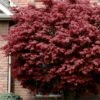

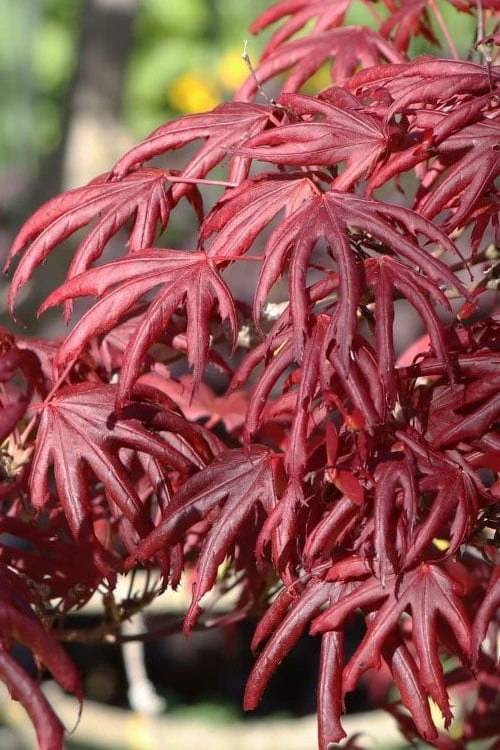
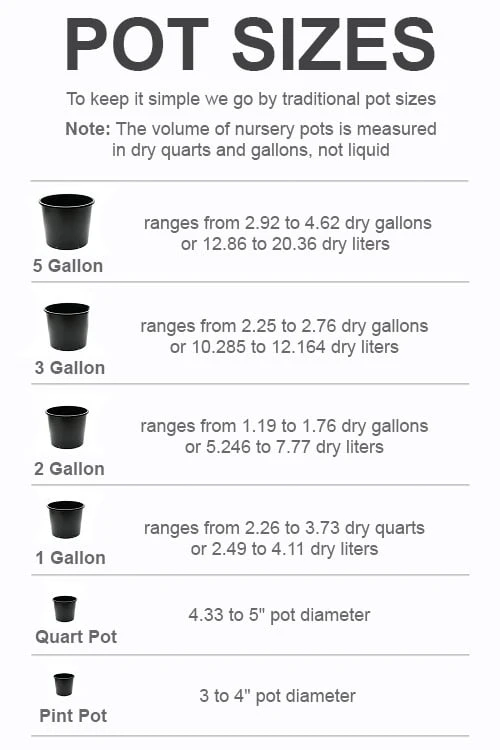
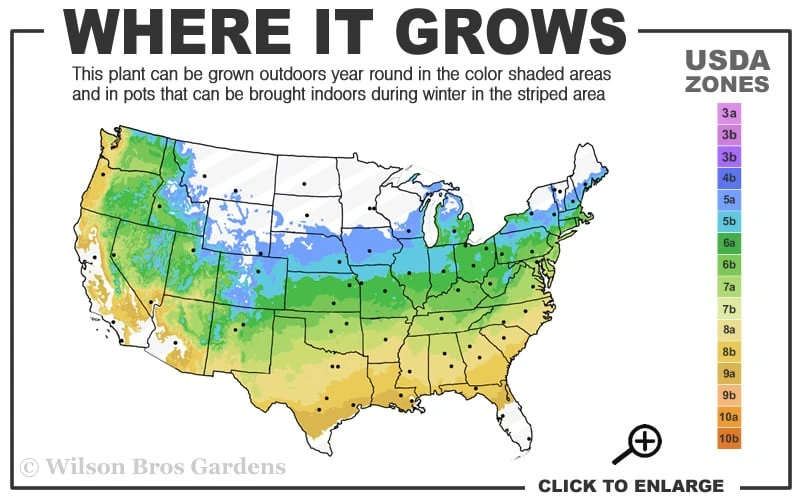
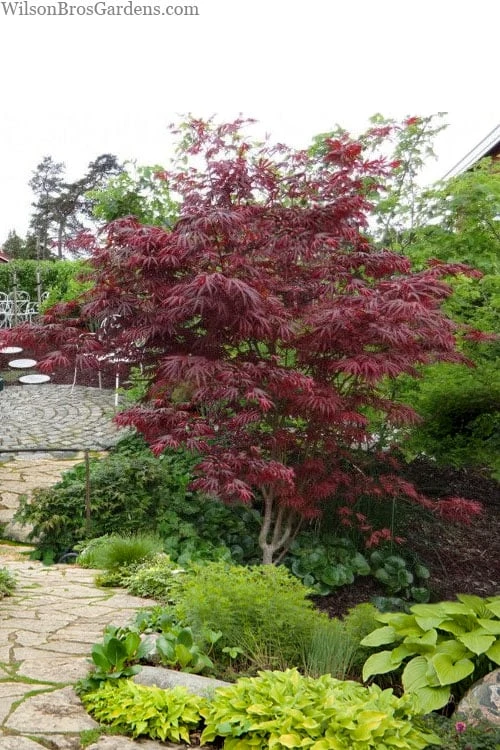


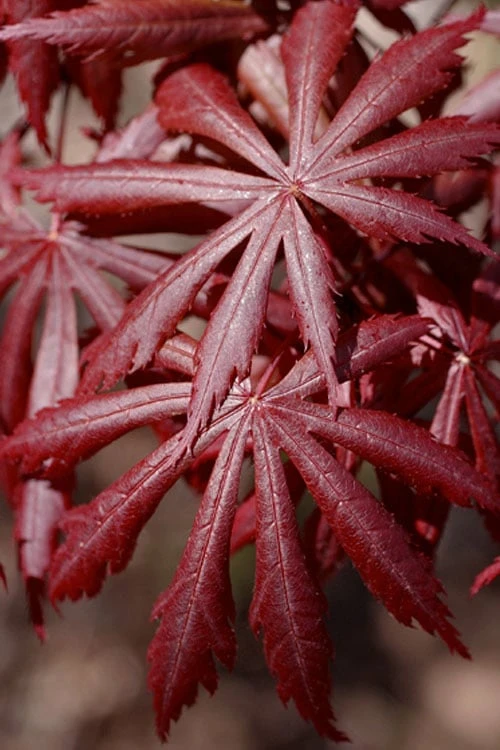
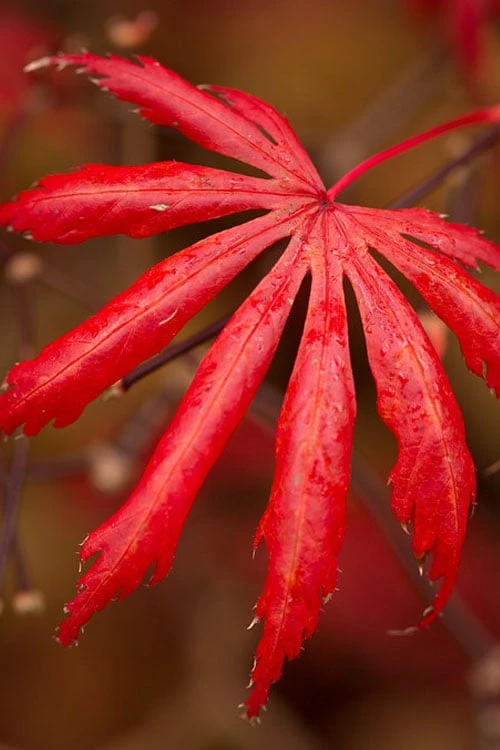
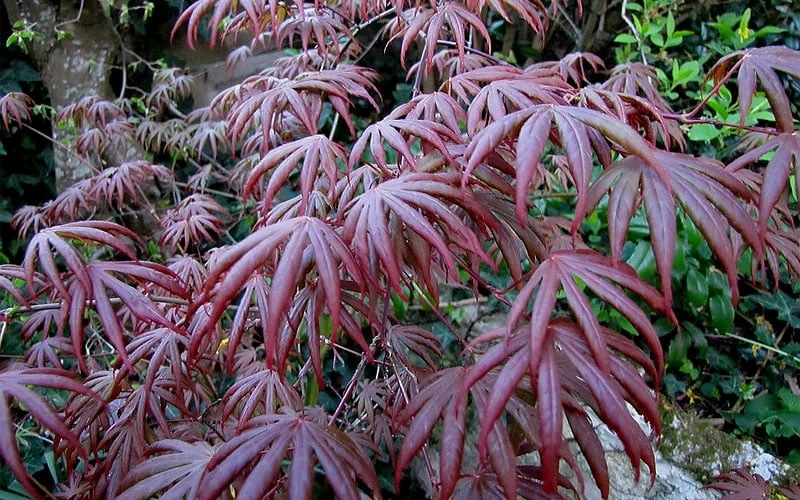

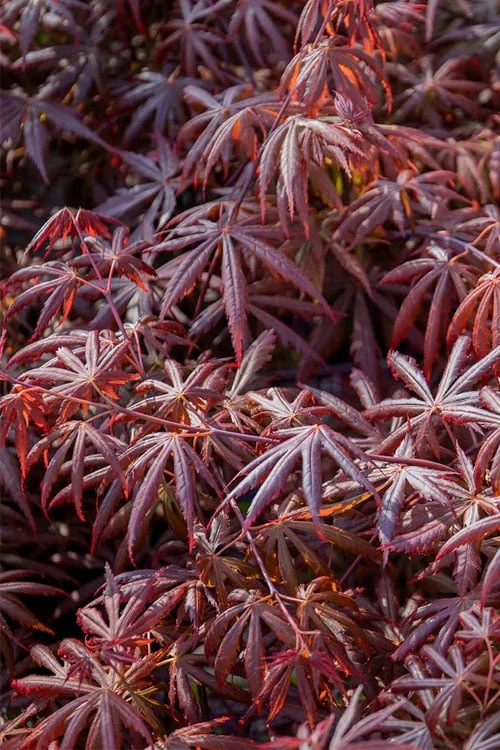

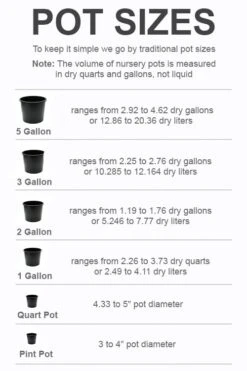


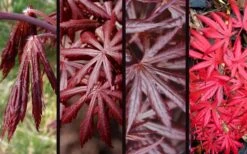

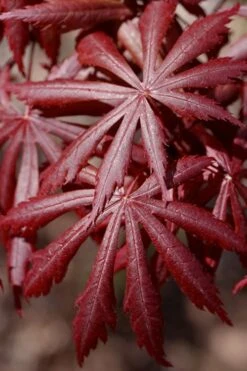
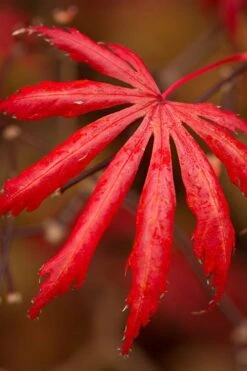
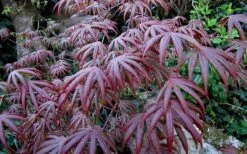
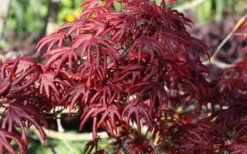
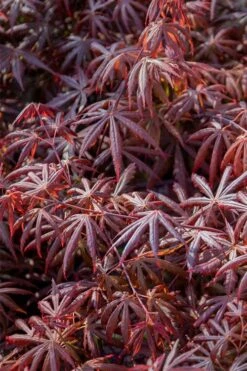
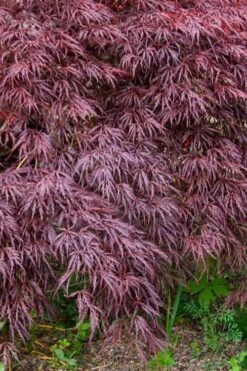
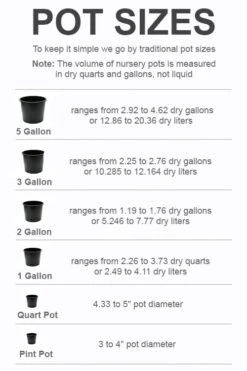
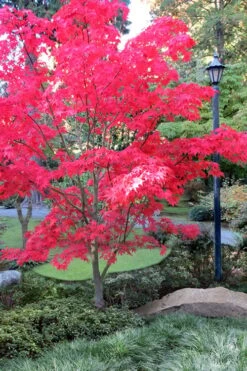
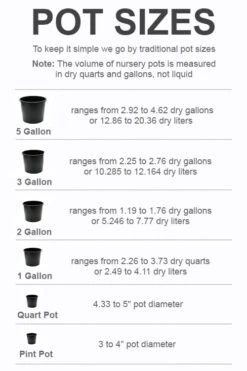

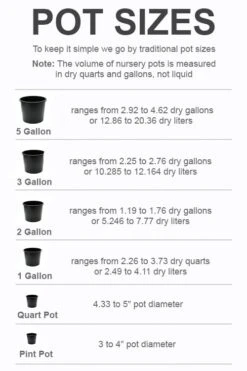



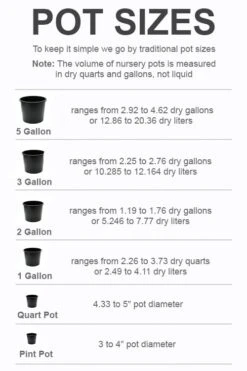
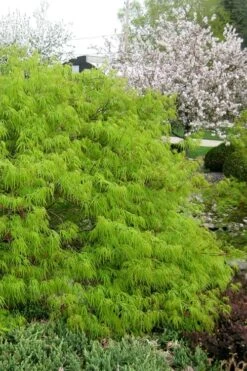
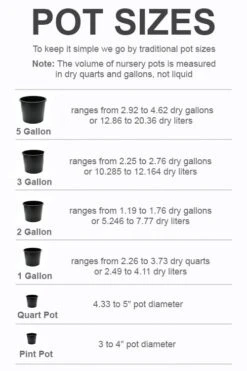
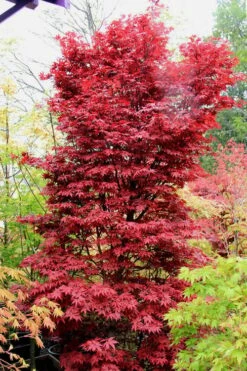
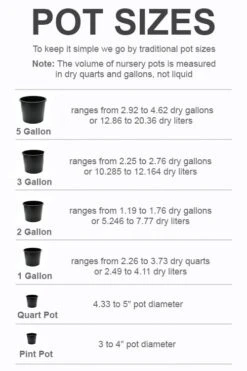
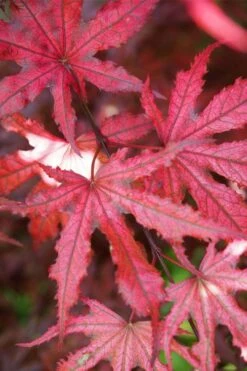
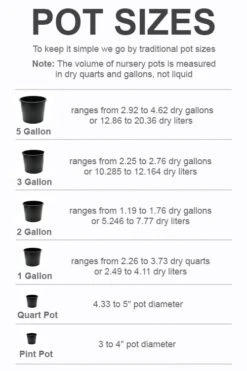
Reviews
There are no reviews yet.